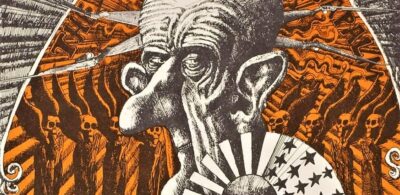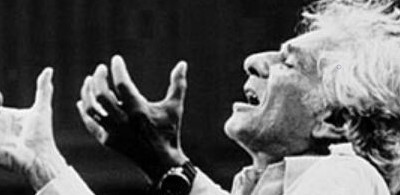Andy Warhol is Still Dead
On May 9, 2022, Christie’s auction house in New York sold an Andy Warhol silkscreen print titled Shot Sage Blue Marilyn; it was the highest price ever paid for an American artwork at an auction.
Warhol’s 1964 reproduction of actress Marilyn Monroe has as its basis a publicity photo of Monroe from the 1954 film noir thriller, Niagara; that original still was shot by photographer Gene Korman. It’s funny how Mr. Korman is usually excluded from this history.
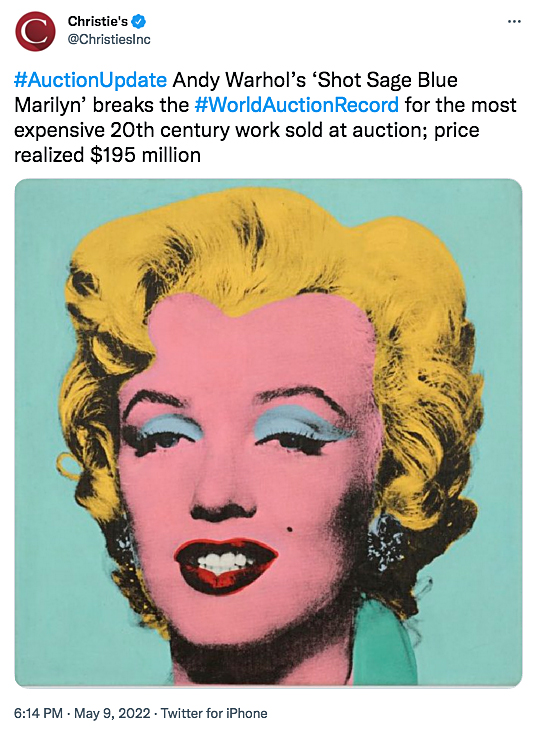
Shot Sage Blue Marilyn is part of a series of five Marilyn Monroe silkscreen prints published on canvas; all measuring 40 x 40 inches. Each of the five prints utilize Korman’s photo, and possess a different color scheme. There is a red, orange, turquoise, and light blue version, but the sage blue variant is the one currently getting all the attention because of its enormous price tag.
Alex Rotter, chairman of Christie’s 20th and 21st century art department, stated that Warhol’s Marilyn should be placed with Sandro Botticelli’s Birth of Venus, Da Vinci’s Mona Lisa and Picasso’s Les Demoiselles d’Avignon as “categorically one of the greatest paintings of all time.” Aside from the fact that Shot Sage Blue Marilyn is not a painting but a silkscreen print, Warhol’s weak-minded pop bobbles don’t come close to the preeminence of Botticelli or Da Vinci. Even the worst Picasso surpasses the best Warhol. Rotter shouldn’t be a chairman for one of Christie’s departments, but a doorman for one of their auctions.
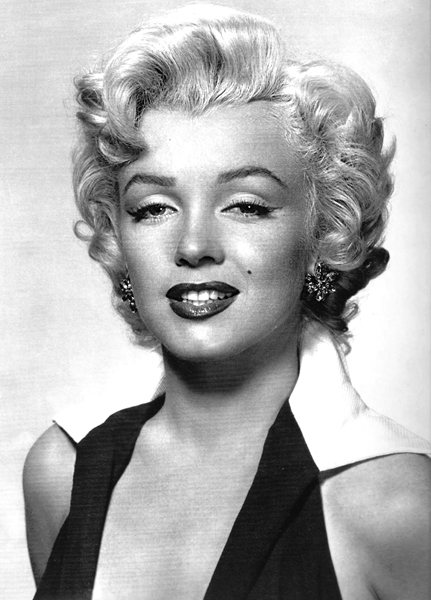
Don’t call me an out-of-touch reactionary for not worshiping Andy Warhol. For years a reproduction of his 1982 screenprint Dollar Sign has been hanging in my studio, and the morbid punk rock side of me is intrigued by his Car Crash silkscreen series. However, I was merely amused by these prints and never attributed weightiness, masterful skill, or staggering importance to them.
Like all of Warhol’s works they were throw away pop culture images.
The sale of Shot Sage Blue Marilyn marks the ongoing commodification of art at the hands of avaricious speculators and investors. The final price of the print was not $195 million but actually $195,040,000. To the average American eaten alive by record high inflation, rising gas prices, and food shortages (thanks Biden), that’s a lot of dough. US inflation hasn’t been this high since 1981, when Ronnie Reagan won the White House from Jimmy Carter.
The Washington Post—you know, where democracy dies in darkness, let the cat out of the bag with this remark: “The record sale was set as investors seek out safe-haven investments, such as art, amid uncertainty in global financial markets fueled by Russia’s invasion of Ukraine.” Uh-huh, soldiers fall, stocks rise. In other words, for the oligarchs that have a death grip on the art world’s upper strata, the experience of art is no longer one of contemplation and the wonderment of beauty. No, it’s only a “safe-haven” for investments. Money laundering anyone?
Once upon a time in the early 1960’s a taxi cab company owner named Robert Scull thought himself a big wig in the art world. He bought art for peanuts from unknowns like Warhol, who at the time was a nobody with empty pockets. Scull purchased Warhol’s 200 One Dollar Bills print for around $2,500; it was Warhol’s first silkscreen print. In 1986 Scull’s estate sold it for $385,000. In 2009 Sotheby’s of New York held an auction where they sold it to a nameless plutocrat for $43.8 million.

There’s not much else to say about Shot Sage Blue Marilyn. The print has no hidden message or particular meaning, it advocates, reveals, and supports nothing—like most of Warhol’s works it is just empty fluff. As the artist once said: “I’m afraid that if you look at a thing long enough, it loses all its meaning.” The only interesting thing about the print is the tale of Dorothy Podber, who discharged a rather explosive critique of the print.
In the ‘50s and early ‘60s Ms. Podber was a kooky bohemian artist who lived in East Village, Manhattan. She told people she was a witch, a few considered her cracked because of her unhinged practical jokes. In the late ‘50s she ran in Beatnik circles that included the likes of Allen Ginsberg and LeRoi Jones, and in the early ‘60s she helped run the Nonagon Art Gallery, where Yoko Ono first unleashed her conceptual art upon New York. In retrospect that might have been one of Podber’s deranged gags.
One autumn day in 1964 Podber and her entourage showed up at Warhol’s Factory studio on East 47th. Podber wore white gloves and was costumed in a black leather motorcycle jacket with matching biker pants. She asked Warhol if she could shoot the new Marilyn Monroe canvases stacked along a wall; thinking she was a photographer he answered yes. Podber took off her white gloves, reached into her purse, pulled out a diminutive semi-auto pistol, and began shooting the Monroe images in the forehead. When finished she placed the gun in her bag, put her gloves back on, gathered her retinue, and calmly left the Factory. A terrified Andy Warhol made sure the women would never again be given access to the premises.
For some reason Warhol didn’t file charges against Podber, but he did change the title for each of the five canvasses by adding the word “shot.” Red Marilyn became Shot Red Marilyn, Orange Marilyn became Shot Orange Marilyn, and so on for the turquoise, light blue, and sage blue versions. The only canvas not damaged by gunfire was the sage blue variant, nevertheless it received the “shot” title. Warhol had the damaged silkscreened canvasses repaired. The fact that the prints had been shot only increased their value. A strange world indeed.
So there you have it, that’s the chronicle of Dorothy Podber. It’s an exquisite tale, better than the story of how Warhol’s Shot Sage Blue Marilyn was produced, but I wouldn’t give you a plugged nickel for either. CNN, always a journalistic farce, naturally reported on the $195 million sale. Their story mentioned the methods Warhol used in making various portraits of Marilyn, stating: “‘Shot Marilyns’ saw the artist shooting portraits of the star through the head with bullets.” They falsely credited Warhol, not Podber, for the vandalism. Why turn to CNN for news?
Andy Warhol’s soullessness and lack of political insight can be found in his late ‘70s work for the dictatorial monarch Mohammad Reza Shah Pahlavi, more well known as the Shah of Iran. In 1953 the CIA staged a coup that overthrew Iran’s elected government for having nationalized Iran’s oil industry. It was the first regime change operation by the CIA. In the coup’s aftermath the Shah of Iran became the country’s iron-fisted pro-West ruler. His support primarily came from Western power brokers and Iran’s small number of Western educated elites.
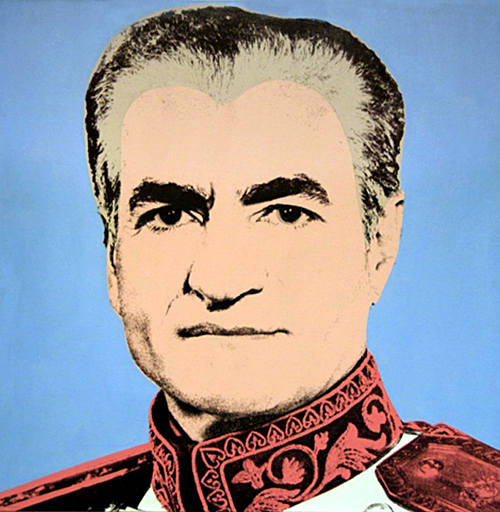
However the Shah faced opposition from anti-monarchists, social democrats, leftists, and the working poor. But it was the fundamentalist Shi’a muslim majority that posed his biggest threat.
To maintain control the Shah established a massive secret police force that used kidnappings, imprisonment, beatings, torture, and assassinations to eliminate opponents. That was the situation in Iran when Warhol decided to visit the country in 1976.
The purpose of his sojourn was to take photos of the Shah and his wife, Empress Farah Pahlavi. The two Royals had commissioned Warhol to create their portraits in silkscreen.
Warhol delivered his finished commission to the Shah and the Empress in 1977, and was pictured posing with Empress Farah in front of her portrait in the Tehran Museum of Contemporary Art. The museum was founded in ‘77 by Farah, who also inaugurated its opening and was responsible for it’s expansion. In the 70’s Farah had purchased classical and contemporary art from a great number of Western artists, amassing the largest collection of Western art outside the US and Europe with an estimated worth is $3 billion. The Shi’a of Iran living under the Shah’s brutality couldn’t have cared less about her museum.

Many in the West were vexed that Warhol collaborated with the Shah. In 1977 the Village Voice published an article written by Alexander Cockburn, James Ridgeway, and Jan Albert titled Beautiful Butchers: The Shah Serves Up Caviar and Torture.
They mentioned the “fascist chic’s recording angel, Andy Warhol, with his Polaroid and his tape recorder,” as being one of the “beautiful people” who supported “one of the most savage regimes of the 20th century.” A violent revolution overthrew the Shah in 1979, sweeping fundamentalist Islamists into power; they banned modern art and closed the Tehran Museum. The Islamists hid Farah’s entire collection in the museum’s basement for decades.
Ironically the Jihadi militants allowed a small number of works from Farah’s collection to be exhibited in 2021, the show was titled: A Review of Andy Warhol’s Works. It displayed Warhol’s silly soup cans, and his silkscreen portraits of Jacqueline Kennedy, Marilyn Monroe, and the founding leader of Communist China, Mao Zedong. The Islamists left hidden in the basement the portraits of the Shah of Iran and Empress Farah Pahlavi… something the poor fools who flocked to the exhibition were never told. I bring up Warhol’s escapades in Iran to drive home a point. He was a liberal, but his political convictions were as shallow as the happy talk pablum one could read in the self-published Interview magazine he founded in 1969. Having been to Iran he knew what the score was, but it didn’t matter to him. He was obsessed with celebrity and money, and the Shah and Empress Farah had plenty of both.
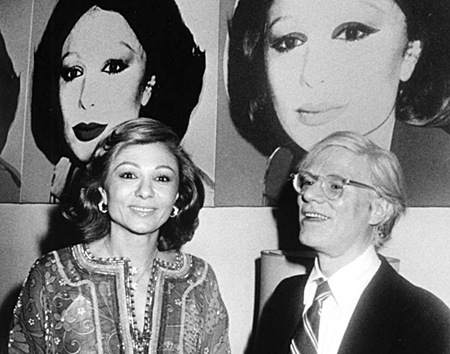
In the mid-70s Warhol was also trying to get a portrait commission out of Imelda Marcos, the clothes-horse wife of Philippine dictator and kleptocrat Ferdinand Marcos.
At the time many people in the Philippines couldn’t afford footwear, but Imelda had a growing collection of over 3,000 expensive shoes—I’m sure that impressed Warhol. Unfortunately for him the commission never came through, as the people of the Philippines drove Ferdinand and Imelda from power in the “People Power Revolution.” Wow, Andy sure could pick ‘em.
Toward the end of his meteoric career, Warhol remained preoccupied with the celebrity elite, but his limitless portraits of them became ever more superficial, monotonous, and geared towards quick market success. He had become the living embodiment of his famed quote “good business is the best art,” only he wasn’t producing his best any longer. As his works slipped into mediocrity, Andy Warhol was transformed into a dead metaphor by the corporate press, which endlessly repeated claims of his being a genius; they continue to make such declarations today.
In his brilliant 2008 documentary The Mona Lisa Curse, Robert Hughes (1938-2012) interviewed billionaire art dealer and collector Alberto Mugrabi, a man who at the time had some 800 Warhol’s in his private collection. Hughes asked Mugrabi “What’s your opinion of Warhol?” The collector answered, “I think he is probably the most visionary artist of our time.” Hughes responded with, “I thought he was one of the stupidest people I ever met in my life…. because he had nothing to say.”
Robert Hughes took a stand against the commodification and denigration of art by monied elites, and because of that stance he was the only art critic to gain my respect. In 2009 he won the International Emmy for Arts Programming for The Mona Lisa Curse, yet his documentary film has been almost entirely scrubbed from the internet. It certainly is never mentioned by the gatekeepers of the art world, whose mega-profits are threatened by the truths Hughes told. For that reason alone you should watch the movie.
After receiving the award, Hughes’ final remarks during the ceremony were these, perhaps the best way to close this report: “Forget about the prices. Forget about what Sotheby’s and Christie’s has been doing about our perception of art. Just remember what the serious art is, and why, if we love it, we do love it.”




